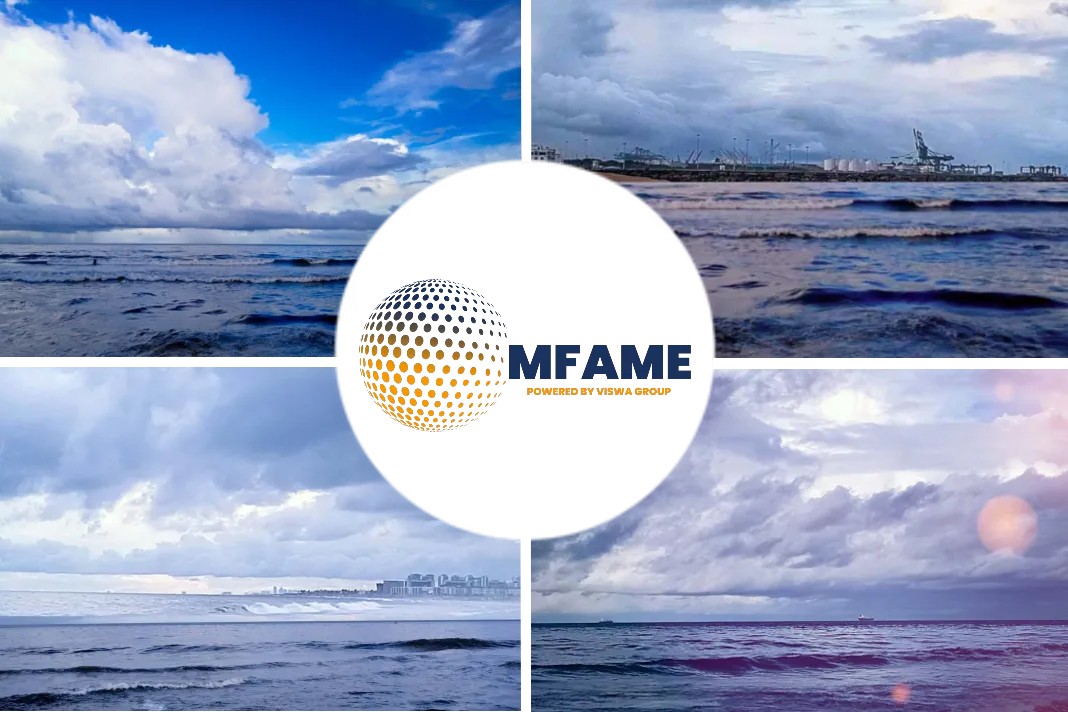
The “Promotion Council for Zero Emission Chargers for Ships” has been established, consisting of various organizations, including e5 Lab Inc., Marindows Inc., CHAdeMO Association, and Mitsubishi Shipbuilding Co., among others. The council’s goal is to encourage the widespread adoption of standardized shore-to-ship power stations to facilitate zero-emission charging for ships, as published on Ship Management.
Background
In October 2020, Japan declared its goal of achieving carbon neutrality by 2050 and reducing emissions by 46% by 2030 compared to 2013 levels. The country also aims for further reductions to 50%. Japan and the US jointly agreed to cooperate on Carbon Neutral Ports (CNPs) in April 2021. Given that port areas in Japan play a crucial role in the international supply chain and contribute to 60% of the country’s CO2 emissions, intensive efforts towards decarbonization in these areas are deemed essential for achieving carbon neutrality. “Shore-to-ship power supply,” involving the provision of electricity from land to docked ships, is seen as a practical measure to reduce CO2 emissions, as approximately 40% of port emissions come from diesel generators on ships. The establishment of the “Promotion Council for Zero Emission Chargers for Ships” aims to lead advancements in global and local environments through the development of onshore power infrastructure and the expansion of renewable energy usage in maritime and port areas.
Goals the Council Aims to Achieve
The Council, comprising seven participating companies, aims to create an All-Japan collaboration to develop a strategic ecosystem for zero emission chargers for ships. They will address early-stage issues in EV ship diffusion, playing their respective roles to ensure efficient operations and effective utilization. The objectives include enhancing user convenience, increasing the adoption of the service by more ships, achieving independence in the ship power supply business, and advancing charger development. Ultimately, the goal is to achieve zero emissions from ships in port areas, promote the use of EV ships, expand renewable energy usage, and address global and local environmental concerns.
Business Plans
In the first phase, by the fiscal year 2025, the Council plans to install prototype standardized universal zero emission chargers for ships in Hanshin Port and Keihin Port, both critical international strategic ports. After successful implementation, the chargers will be expanded to other ports, fishing ports, and marinas across Japan and overseas. Additionally, the City of Kobe and the City of Yokohama’s Port and Harbor Bureaus are participating in the Council as observers.
Specific Initiatives
1. Development of standard universal zero emission charger system for ships The system will consist of the three elements shown in Figure 1 and will be a standardized specification that transcends company boundaries.
(i) Onshore power station (standardized charger and billing system)
(ii) Shipboard power receiving module (standardized and modularized hardware and software)
(iii) High-capacity communication between ship and shore (standardized high-capacity
communication system within the port)
Figure 1: Configuration image of Standard universal zero emission charger system for ships
- Surveys and recommendations on the establishment of standards and rules
3. Creation of social implementation projects to promote diffusion
4. Information collaboration between participating companies
5. Mutual utilization of zero-emission chargers between participating companies
6. Public relations and promotional activities to promote the diffusion of zero-emission chargers
7. Cost reduction through joint procurement
8. Content creation for “Zero Emission Charger × X”
9. Building a sustainable ecosystem, including reuse
Did you subscribe to our newsletter?
It’s free! Click here to subscribe!
Source: Ship Managament






















